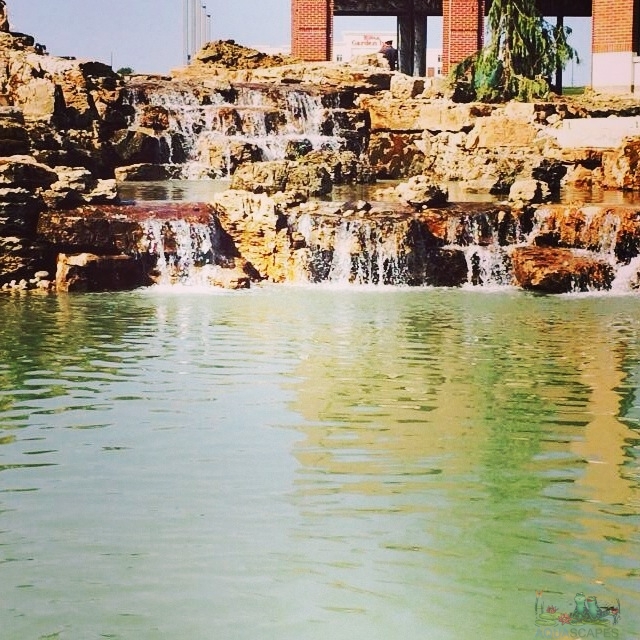The Rise of Eco-Friendly Pools
In today’s environmentally conscious world, eco-friendly pools are becoming a preferred choice for homeowners looking to minimize their ecological footprint while enjoying the luxury of a private swimming area. These pools offer a sustainable alternative to traditional swimming pools, using greener materials, technologies, and practices that help protect the environment. Here’s a closer look at what makes a pool eco-friendly, why you might consider installing one, and the various design options available.
What Are Eco-Friendly Pools?
Eco-friendly pools, also known as green pools or natural pools, are designed to reduce environmental impact through the use of non-toxic materials, energy-efficient systems, and natural filtration methods. Unlike conventional pools that rely heavily on chemicals for sanitation, eco-friendly pools incorporate natural processes to purify water, often involving bio-filters and plants that absorb impurities and provide oxygen.
Key Features of Eco-Friendly Pools
- Natural Filtration: Utilizing plants and sand filters to clean and purify the water naturally, eliminating the need for chlorine or saltwater systems.
- Solar Heating: Incorporating solar panels to heat the pool water, reducing energy consumption and harnessing renewable energy.
- Sustainable Materials: Using recycled plastics, natural stone, or sustainably sourced timber for construction, which are more environmentally friendly than traditional pool materials.
- Rainwater Harvesting: Collecting and using rainwater to fill or top up the pool, which conserves water and reduces runoff.
- Energy-Efficient Equipment: Employing pumps, heaters, and lighting that are designed to consume less energy while maintaining efficiency.
Benefits of Eco-Friendly Pools
Environmental Conservation: By reducing chemical use and energy consumption, these pools lessen your environmental impact, supporting biodiversity in your backyard.
Health Benefits: The absence of harsh chemicals like chlorine not only makes swimming safer for your skin and eyes but also improves the air quality around your pool area.
Cost-Effective: Although the initial investment might be higher, the operational costs of eco-friendly pools are typically lower due to reduced energy and water usage.
Aesthetic Appeal: Eco-friendly pools often blend seamlessly into the landscape, enhancing the natural beauty of your outdoor space and potentially increasing property value.
Installation Process
The installation of an eco-friendly pool requires careful planning and consideration of the local ecosystem:
- Design Planning: Determine the size, shape, and location of the pool, ensuring it complements your garden and local environment.
- Excavation and Construction: Excavate the area and use sustainable materials for construction. This phase may include the installation of a rubber liner to prevent leaks.
- Installation of Filtration Systems: Set up a natural filtration system, possibly including a regeneration zone filled with aquatic plants.
- Water Filling and Planting: Fill the pool with harvested rainwater if available, and plant the chosen aquatic flora that will help maintain water clarity and quality.
Design Styles for Eco-Friendly Pools
- Rustic Natural Pools: Featuring rocky outlines, waterfalls, and lots of vegetation, mimicking a wild pond.
- Modern Eco Pools: Sleek, with minimalistic design elements, using geometric shapes and modern, sustainable materials.
- Garden Integration: Designed to look like a part of the garden, with gentle, organic shapes and edges that blur into the surrounding landscape.
Eco-friendly pools are not just a trend but a sustainable choice for the future of home landscaping. They offer a beautiful, health-conscious, and environmentally responsible alternative to traditional swimming pools, aligning with the growing demand for sustainable living solutions. Whether you’re building a new home or remodeling your backyard, considering an eco-friendly pool could be a step towards a greener, more sustainable lifestyle.

